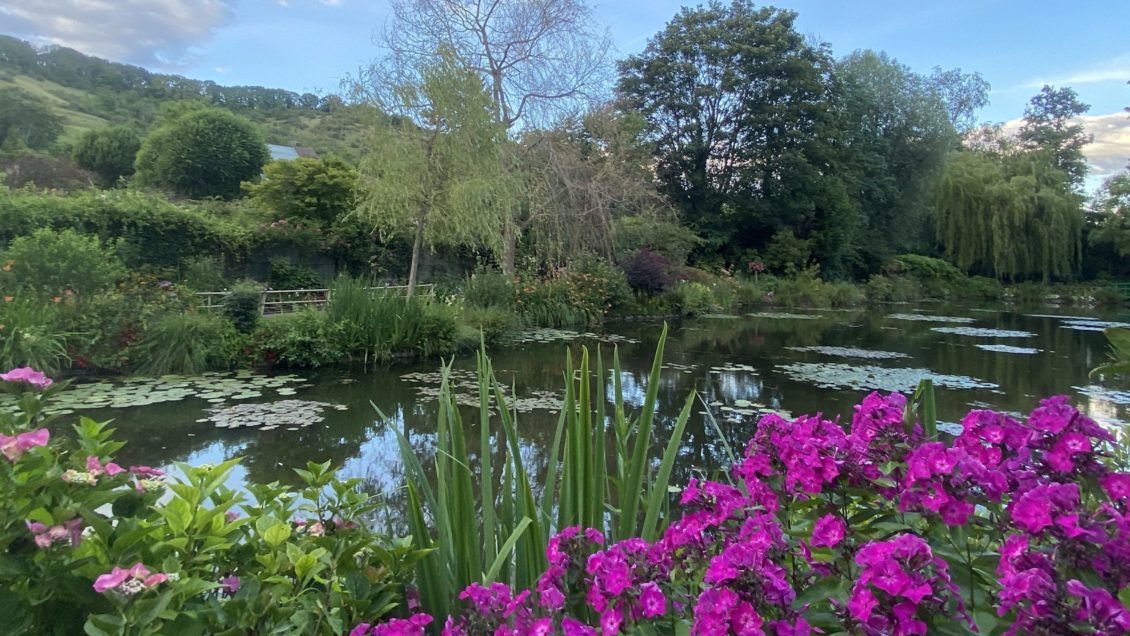One would likely never associate anxiety with Claude Monet’s famed paintings of water lilies in his garden in Giverny, France, that have since become Europe’s most-visited botanical garden.
But for Clemson University horticulture student Mary Featherstone, working at Monet’s garden and helping share his inspiration certainly involved its fair share of stress.
And she loved every second.
“You could see faces light up and you would literally hear the ‘oohs’ and ‘ahhs’ and the urge for people to ask questions,” she said. “It’s the legacy that they’ve had since the 1800s of people going there to seek inspiration — for painting, for art, for photography and all these different mediums — and it definitely inspired me.”
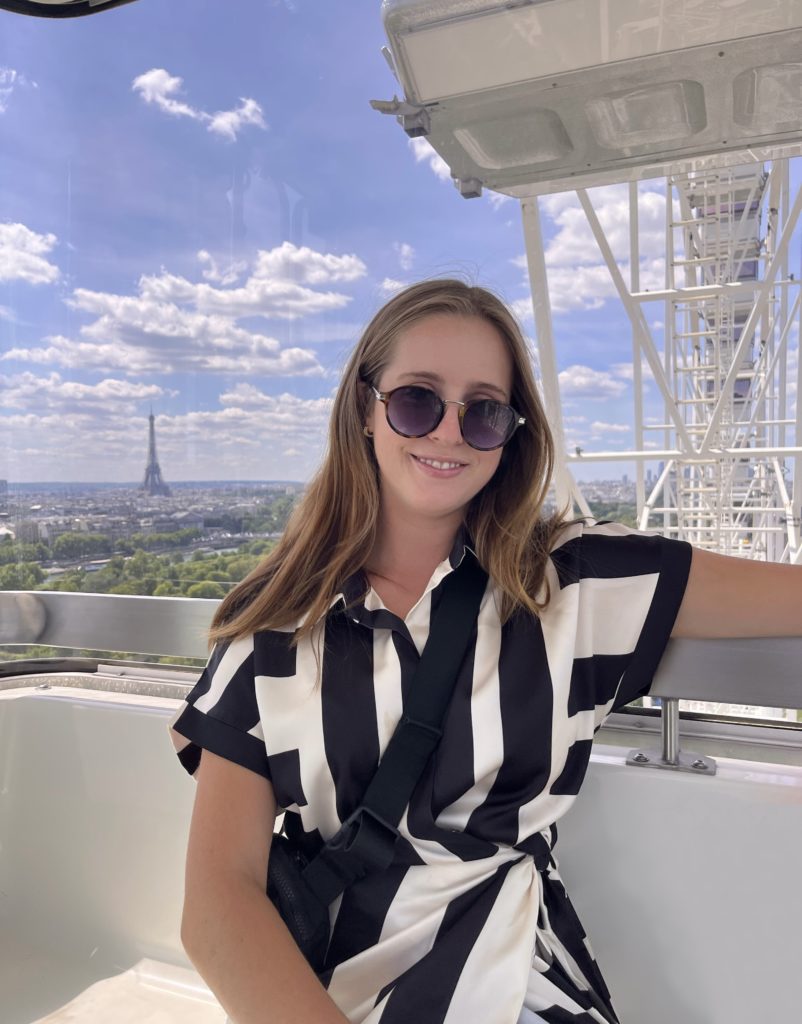
Seeing the passion she’s long held for plants bloom in others was rewarding, but Featherstone said it didn’t come without plenty of hard work — work that led her to learn a great deal about herself in the process.
“We were working with beds that were aligned in different color schemes to capture sunlight based off where the sun was landing during the day,” said Featherstone, a senior from Greenville, South Carolina. “It was very meticulous, so it was interesting to be in a more rigid, organized, high-stress work environment — because this is an historical property; it’s also a show garden, so definitely focused on aesthetics.
“I learned from this internship that I thrive in high-stress, well-structured environments. I love that.”
Monet, the famed 19th Century French founder of impressionist painting, is said to have painted nature the way he perceived it. From 1883, Monet lived in Giverny in northern France, where he began a vast landscaping project, including a water-lily pond.
But when advisor Ellen Vincent broached the subject of an internship at the legendary garden in Giverny with her last year, the idea was a bit daunting, Featherstone admits.
“Initially, I thought, ‘Can I do this?’ And I did it, and it was amazing,” said Featherstone, who is president of the Clemson Horticulture Club. “I was so lucky.”
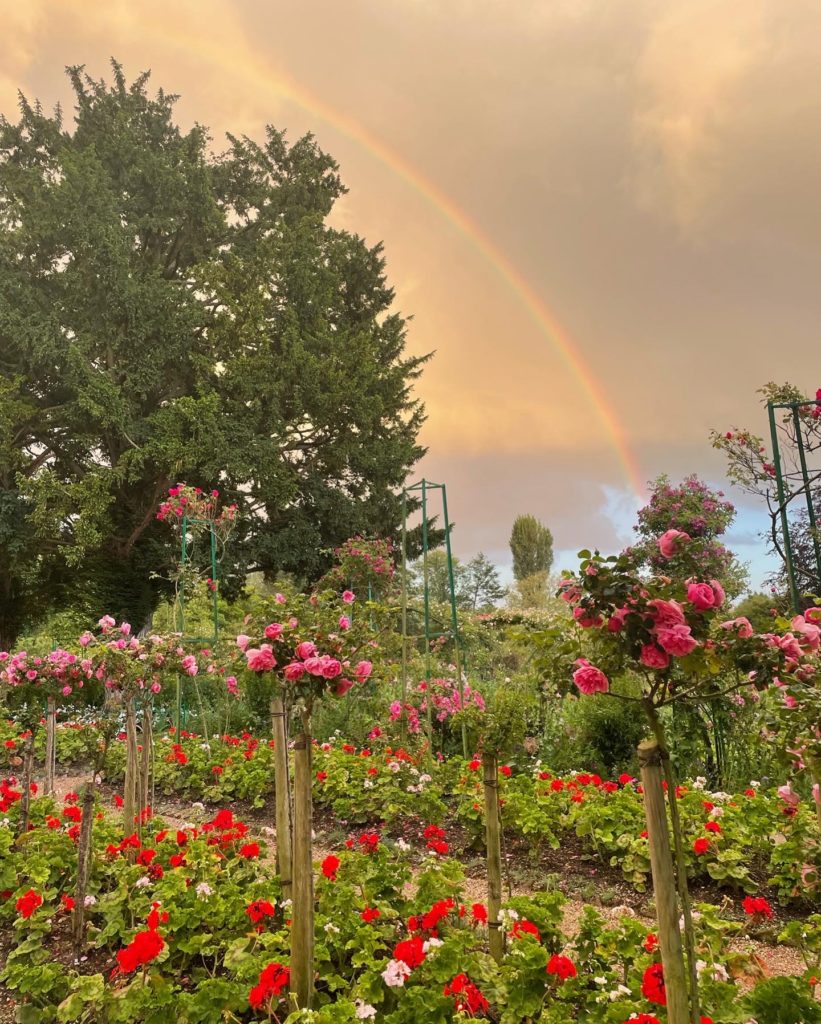
Something that made a big impression on her, Featherstone said, was the opportunity to work with a group of interns from around the world and with completely different horticulture backgrounds.
“We all had this core passion for gardening, but we had all gained our horticultural experience from totally different places,” she said. “I was working with a woman, Kendall, who was 10 years my senior and had founded a cut-flower garden in Sheffield, United Kingdom, to promote therapeutic horticulture in her community. Another intern, Owen, found his interest in horticulture working with the grounds team during his time at the University of British Columbia. It was just really cool to see how horticulture had impacted all these people in different ways.”
The blending of the three disciplines of art, history and gardening, Featherstone said, gave her a new understanding of just what historical gardening entailed.
“Everything they were doing there was in the vision of Claude Monet,” she said. “That really made his art so much more profound and impactful to me.”
But working at the garden wasn’t the only impactful or profound part of her time in northern France.
A trip to the Musée de l’Orangerie art gallery in Paris, with Monet’s original pieces hanging on the walls, moved her to tears. And so did her next visit.
I cried and cried and cried, and I cried the second time I went too. Seeing the water lilies installment, just kind of developing that emotional connection … Monet had made the paintings for the space, so it was all about intentionality. He knew exactly where they were going to go.
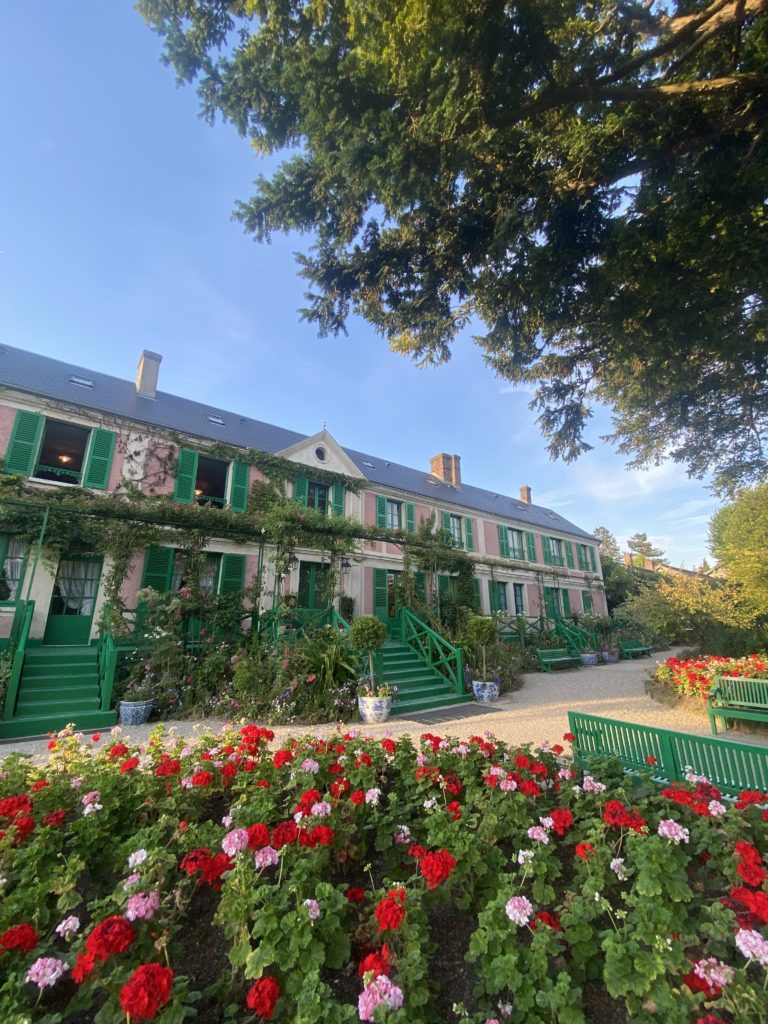
The experience wasn’t Featherstone’s first internship — required as part of the curriculum for Horticulture majors at Clemson — as she previously worked at the Highlands Biological Station in Highlands, North Carolina, home to the Highlands Botanical Garden, an experience she said gave her the confidence and “that push” needed to pursue another internship at Giverny.
And while the experience was undoubtedly an emotional one, it was also practical. After all, a goal of any internship is to help prepare for future work experiences.
Vincent, a senior lecturer in Clemson’s Department of Plant and Environmental Sciences, said Featherstone had been interested in ultimately pursuing an administrative role with botanical gardens for a while.
And having had her own first work experiences in historical gardening, Vincent said it helped her understand the need for careful planning in restoring those gardens — part of which was understanding the scope and goals of the project.
“You have to establish the criteria for historic garden restoration,” Vincent said. “It takes a lot of thinking; it takes a lot of coordinating with the people who are funding or own the property or whatever it might be.”
Vincent, who worked for Samuel Morse’s Locust Grove Estate and Vassar College restoring its Shakespeare Garden, said the historical aspect was something many people found difficult to understand in terms of how one should implement work.
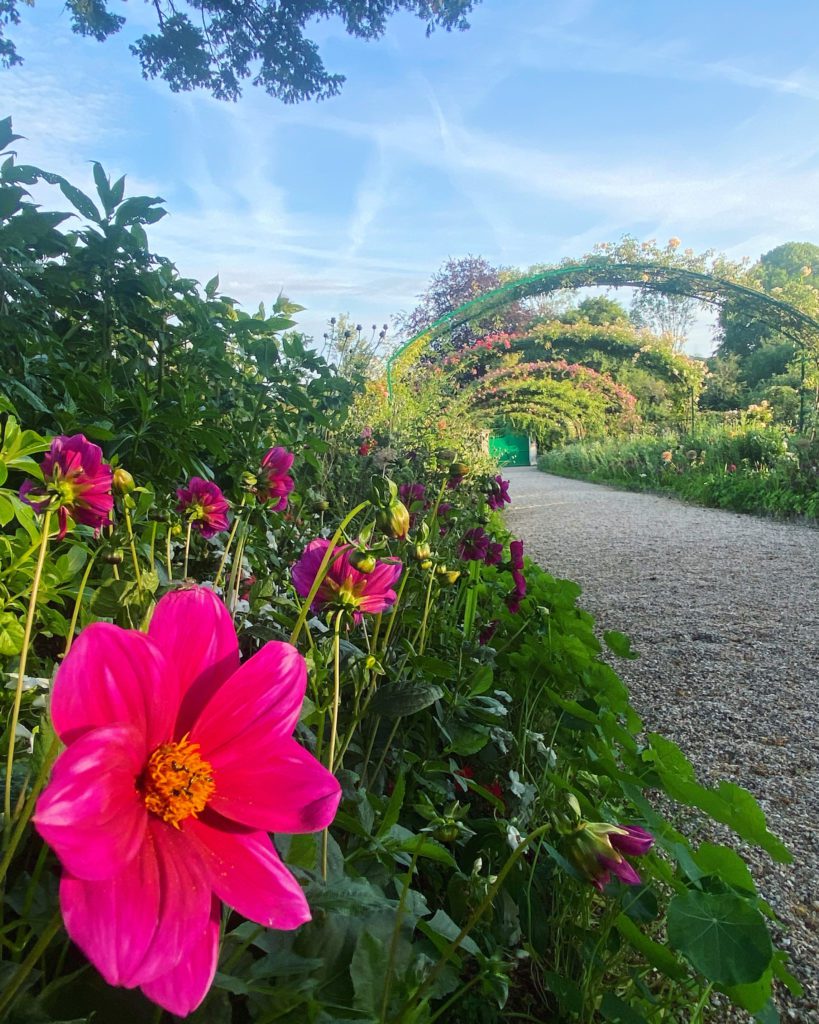
“Mary can do this, and I think that’s what she’s capturing: This is not just simple and easy; it’s not just implementing horticulture tasks in a garden. There’s a much bigger framework that has to do with respect for Monet. What did he intend? What was his philosophy? What mattered to him? What did he originally do that we must preserve? It’s a huge intellectual process.”
One of the first stops outside of Paris, Giverny is a destination for inspiration-seekers of all kinds from across Europe and around the world, meaning Featherstone got the chance to interact with an array of cultures and dialects in the same place at the same time.
“Something that’s so special about horticulture and plants is there is this universal language,” she said. “I could have someone ask me in an array of different languages what a plant was called, but that scientific name always stays the same because it’s in Latin, which doesn’t change.”
And Featherstone’s own American heritage also played a role in the journey, as it was Monet’s rise to prominence in the New York art scene that helped lead to his now-worldwide fame.
“I think it’s really cool to still be carrying on that history of being a person visiting to Giverny and finding that inspiration in my own unique way,” she said. “Every garden is different, but I don’t know if I will ever work in a garden of that caliber again. It was just all-consuming show gardening and so much different than any experience I would’ve gotten in the Southeast.”
This internship has kind of set the tone for me where now I know the Clemson Horticulture program is exactly where I’m supposed to be.
Get in touch and we will connect you with the author or another expert.
Or email us at news@clemson.edu

